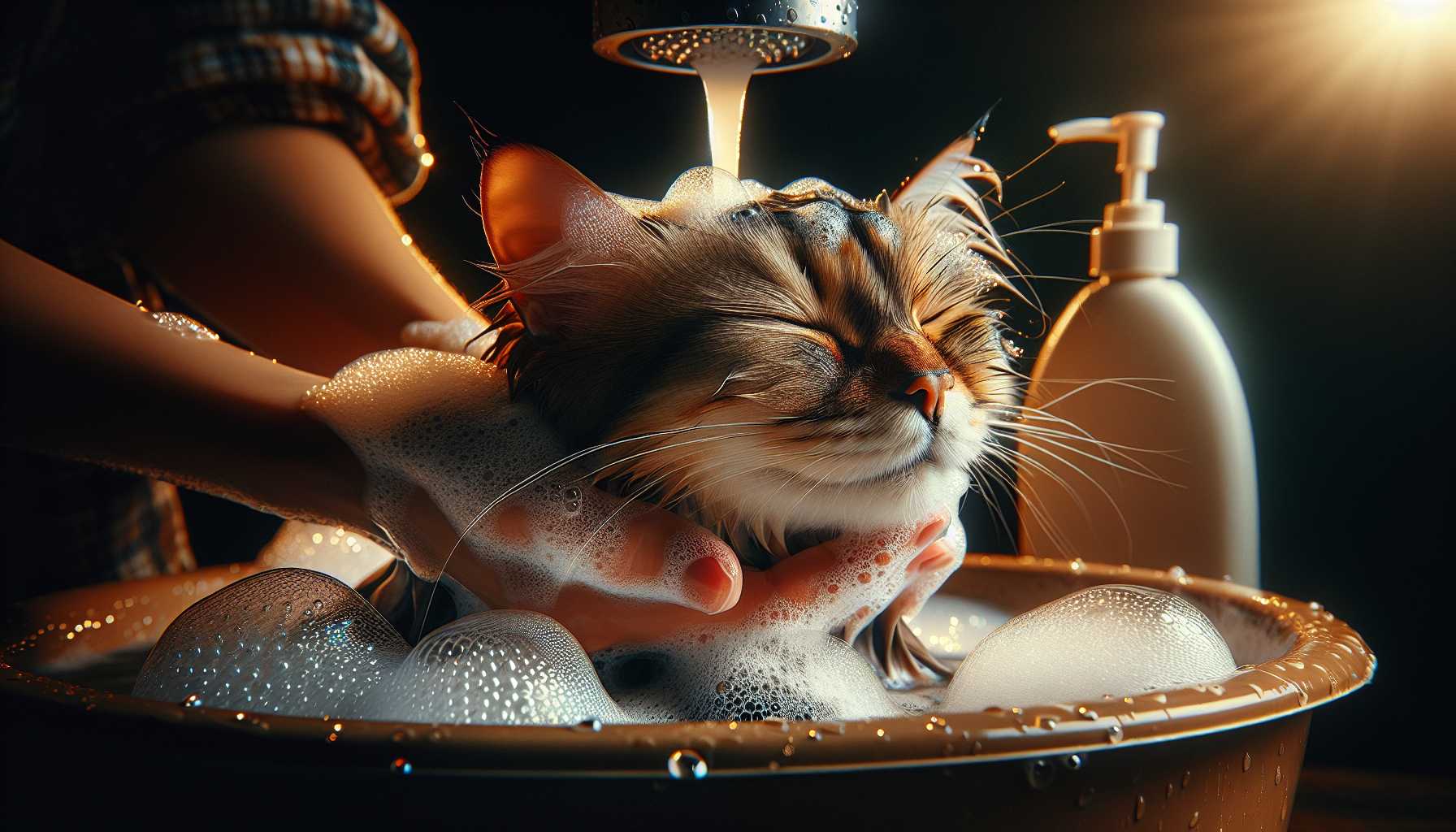Ever wonder if your lovable furball needs a bath? Here’s your ultimate guide to the best cat bathing routine!
Cats: The Natural Self-Groomers
Cats are remarkable when it comes to self-grooming. This unique trait sees your pet spent nearly half its waking hours primping and preening to perfection. Equipped with:
– A tongue textured with tiny bristles
– Oils that naturally protect their coat, and
– An innate drive to cleanse, ingrained from birth
So, When Do Cats Require a Bath?
Generally, most healthy cats don’t require regular baths. However, there are exceptions:
– Hairless breeds such as the Sphynx that need weekly baths,
– Outdoor cats that might require seasonal clean-ups,
– Senior cats with mobility limitations,
– Overweight cats limited by their size in reaching certain areas
Guidelines on Frequency of Cat Baths
Here’s a basic outline:
– Indoor cats: Bathe 2-4 times a year
– Outdoor cats: Bathe every 4-6 weeks
– Show cats: Bathe before each show
– Hairless cats: Bathe weekly
– Elderly/disabled cats: Bathe monthly
Special Scenarios That Demand A Bath
At times, your cat might need an unplanned pamper session:
– After rolling in something messy or sticky
– For flea treatments
– Due to medical conditions
– When they give off strong or malodorous scents
– If human family members have allergies
Signs Your Cat is Due for a Bath
Keep an eye out for these signs:
– Visible dirt caught in their fur
– Unusual or strong odors
– Matted fur
– An excessively oily coat
– Increased shedding
Ensuring a Stress-Free Bath Time
Ensure your kitty’s bath time is calm and stress-free using these tips:
1. Begin bathing routines while they’re still kittens
2. Use a shampoo specifically made for cats
3. Keep water at a moderately warm temperature
4. Use a gentle tone and treat reward system
5. Keep bath times quick yet effective
When to Refrain from Giving Your Cat a Bath
There are times when it’s best to hold off on getting your cat wet:
– If they’re extremely stressed
– Following a recent surgical procedure
– When they’re unwell
– If they have open wounds
– During excessively cold weather conditions
Considering the Professional Grooming Route
Can’t manage bath time? Don’t worry! There are alternatives:
– Professional grooming services
– Veterinary grooming options
– Mobile pet spa services
– Cat-specialized grooming parlors
Alternative Cleaning Techniques
Not all clean-ups need to be full-blown baths:
– Use pet wipes for smaller, spot clean-ups
– Consider dry shampoo products for cats
– Regular brush their fur
– Use a damp cloth for a gentle wipe-down
Remember, every cat is different, so one bathing routine may not be suitable for all. Ensure you’re always mindful of your cat’s needs and don’t hesitate to consult your vet if you’re unclear about their grooming requirements.
Keep a positive attitude and enjoy the grooming process!

